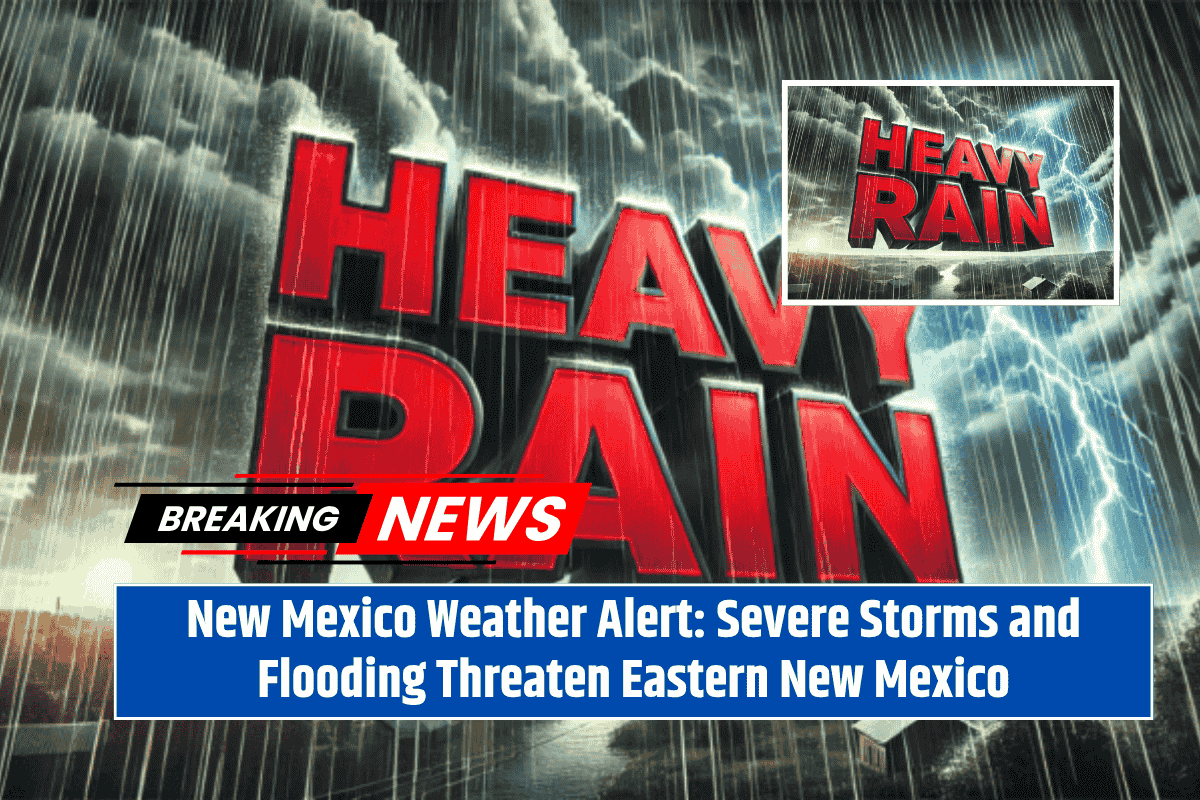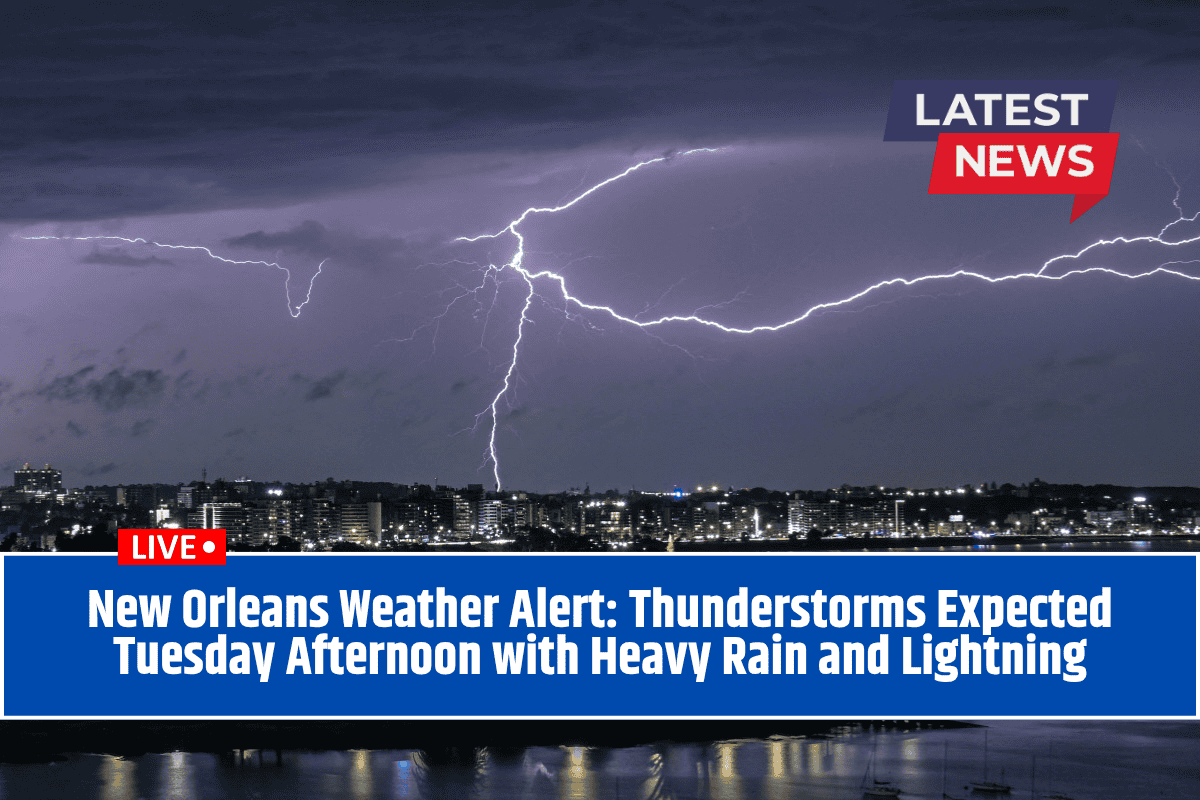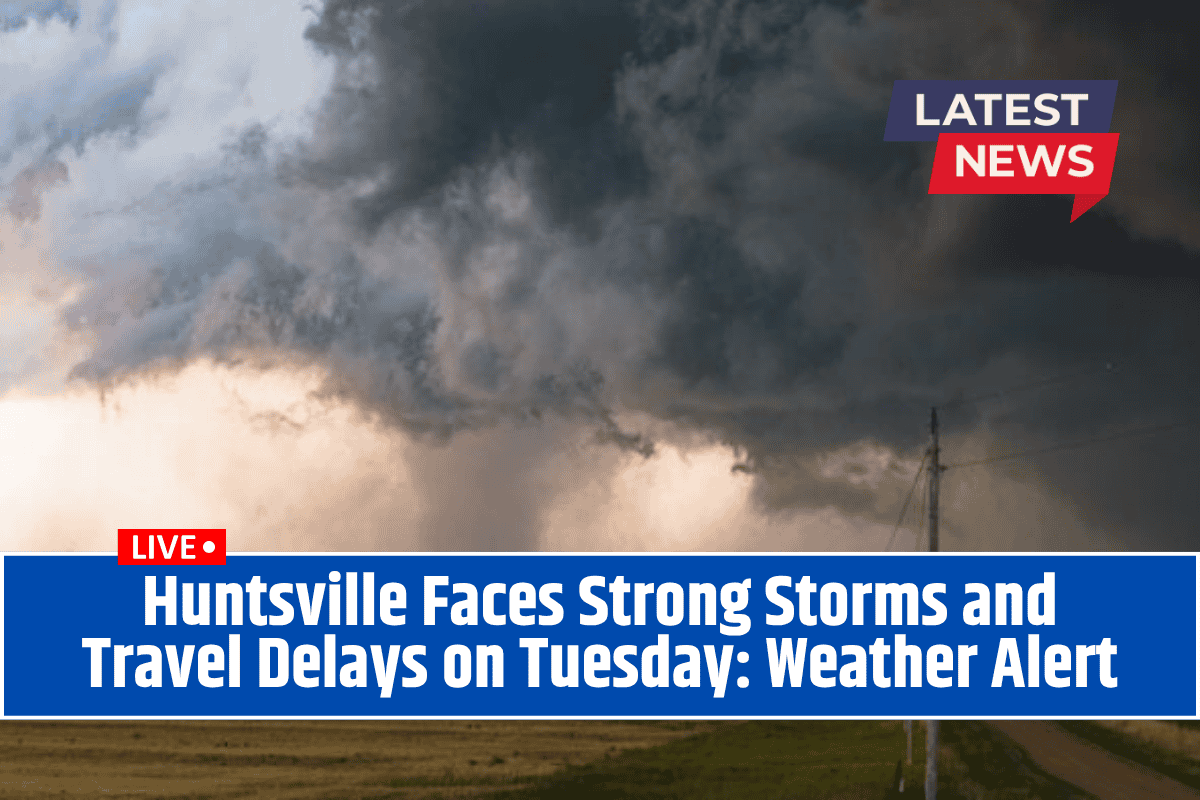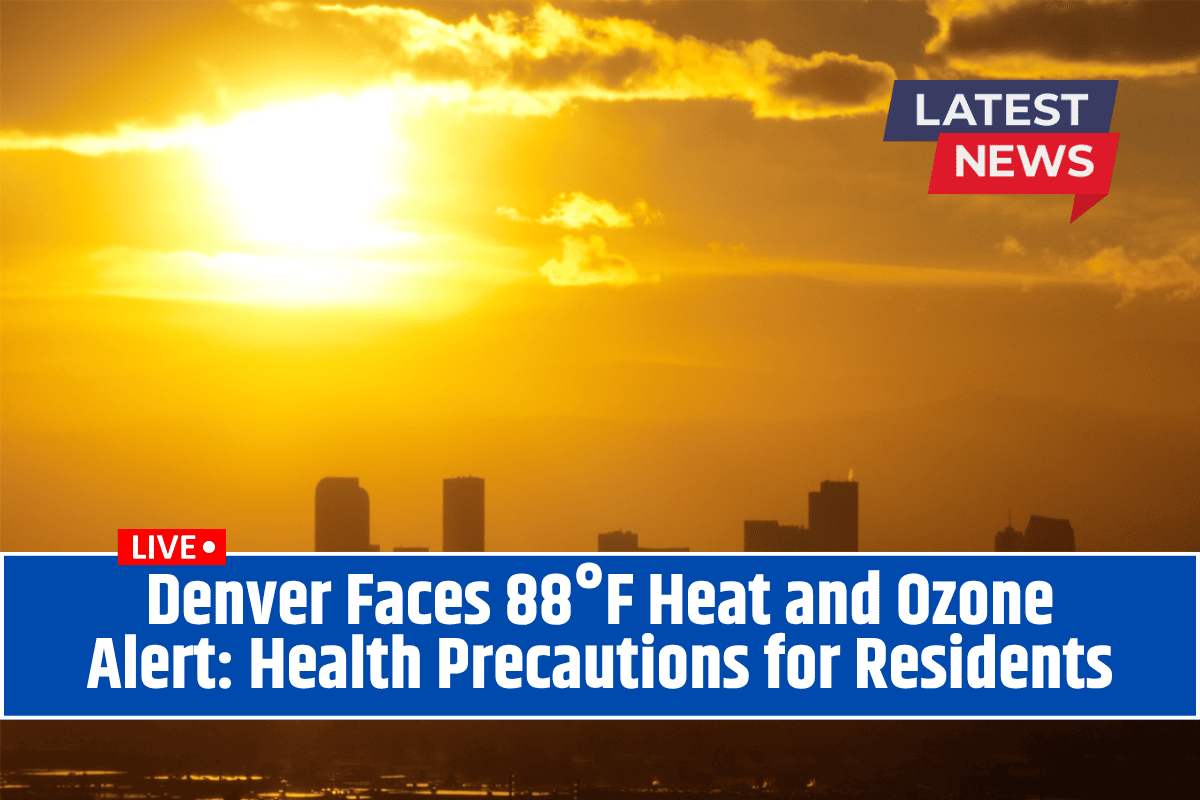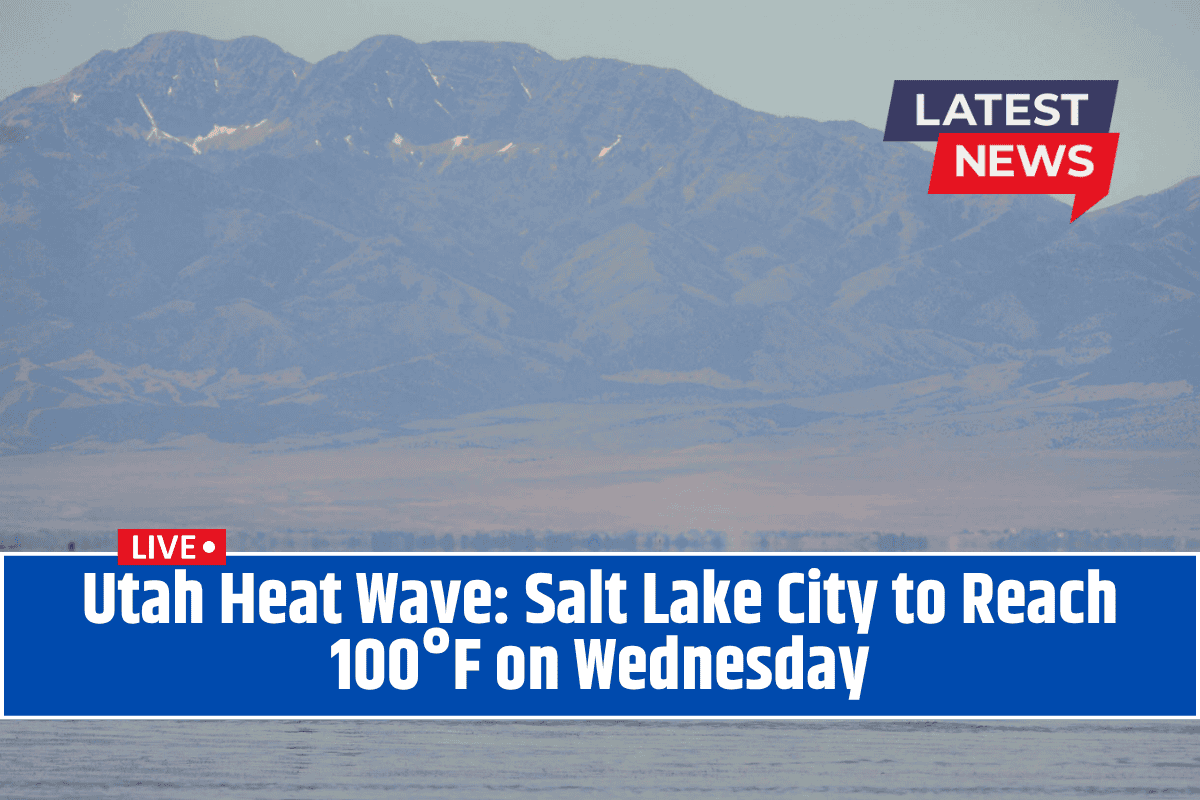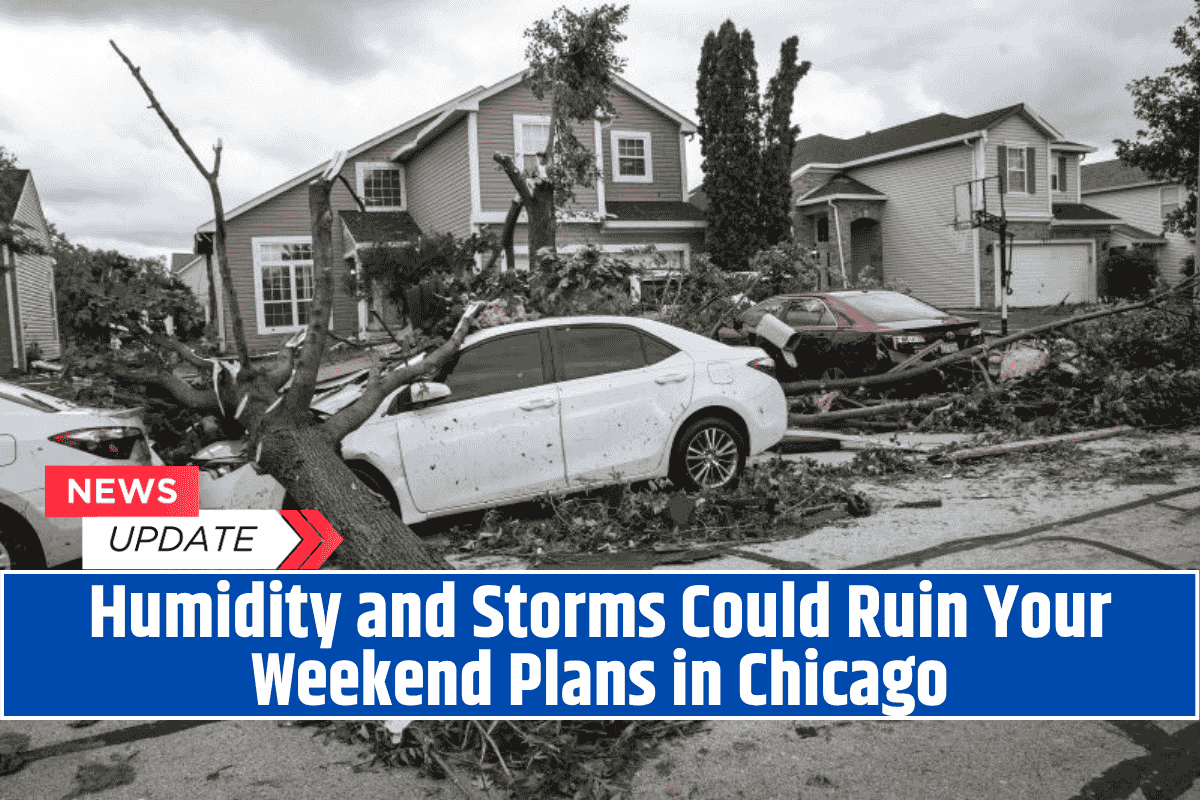Severe storms are expected to hit eastern New Mexico, starting on Saturday afternoon and continuing through early next week. The storms will bring the risk of flash flooding and damaging winds, which could significantly impact communities from Clovis to Carlsbad.
Timing and Risks of the Storm
The National Weather Service in Albuquerque has issued warnings for severe weather that will begin around 2 p.m. on Saturday and last until 10 p.m. The storm risks are predicted to grow more intense over the weekend, reaching their peak on Monday and Tuesday. The main threats from these storms include strong winds, large hail, and heavy rainfall. This rainfall is especially concerning for areas that were affected by recent wildfires, as flash floods can develop rapidly.
Impact on Eastern New Mexico
Communities in far eastern New Mexico, including Roosevelt, Curry, and Lea counties, are at risk of receiving more than 2 inches of rainfall. Roads, such as US-70 and US-285, may become dangerous to travel on, especially during the storm’s peak hours. With rainfall expected to be more widespread on Monday and Tuesday, the risk of washed-out roads, fast-rising creeks, and temporary road closures increases, particularly in flood-prone areas.
Safety Precautions
Residents are urged to take safety precautions before and during the storms. It is important to avoid driving through low-water crossings and to secure any outdoor items that could be damaged or swept away. Keeping your phone charged is essential in case of power outages. People living near burn scars or arroyos should be prepared to move quickly to higher ground in the event of flash flooding.
Ongoing Alerts and Preparedness
The severe storm warnings are expected to remain in effect through Tuesday night, with additional advisories possible as the weather situation develops. Residents should stay informed about changing weather conditions and follow any local advisories for their safety.
As the storms approach, it is crucial for everyone in eastern New Mexico to stay alert and prepared. Be sure to monitor local weather reports for updates and take action to ensure the safety of yourself and your community.
